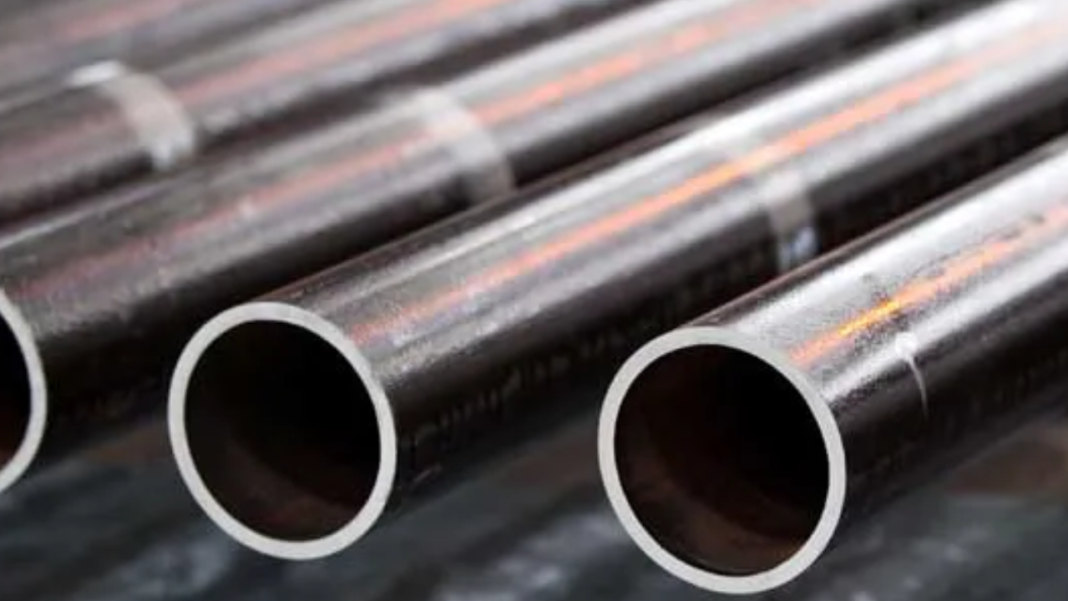ASTM A53 could be a standard determination for steel channels utilized in assorted applications such as mechanical and weight applications, as well as in steam, water, gas, and discuss lines. The chemical necessities for ASTM A53 channels are basic as they decide the material’s appropriateness for particular conditions, guaranteeing that the channels have the fundamental quality, strength, and resistance to different natural variables.
Understanding these chemical requirements is fundamental for anybody included in the determination, manufacturing, view at uniacero.com, or application of ASTM A53 pipes because it makes a difference in choosing the correct pipe that meets the execution desires and security guidelines for the planning utilized.
ASTM A53 Steel Pipe Grades
ASTM A53 steel channels are accessible in three sorts and two grades, each custom-fitted to meet particular execution desires for different applications. The three sorts incorporate Sort F (Heater Butt Welded), which is accessible as it were in Review A, Sort E (Electric Resistance Welded), accessible in both Grades A and B, and Sort S (Consistent), moreover accessible in both Grades A and B. Each review and sort has particular chemical prerequisites planned to guarantee the channels meet the fundamental mechanical properties and execution criteria for their planning employments.
Common Chemical Composition
The chemical composition of ASTM A53 steel channels is defined to guarantee the channels have the essential mechanical properties and execution characteristics. The key components within the chemical composition incorporate carbon (C), manganese (Mn), phosphorus (P), sulfur (S), copper (Cu), nickel (Ni), chromium (Cr), molybdenum (Moment), and vanadium (V).
Carbon (C)
Carbon is crucial to steel, imparting hardness and quality. In ASTM A53 channels, the carbon substance changes marginally between Review A and Review B. Review B channels regularly have a better carbon substance than Review A, which improves their reasonableness for applications requiring higher weight and mechanical quality. Be that as it may, higher carbon substance can diminish ductility and weldability, requiring cautious thought based on the particular application necessities.
Manganese (Mn)
Manganese contributes to the sturdiness and strength of steel. It serves to diminish the brittleness related to higher carbon substances and upgrades the by and large mechanical properties of the steel. Review B channels regularly contain a better manganese substance compared to Review A, strengthening their basic astuteness and execution beneath requesting conditions.
Phosphorus (P) and Sulfur (S)
Phosphorus and sulfur are controlled at moo levels in ASTM A53 channels to anticipate negative impacts on steel properties. Intemperate phosphorus can lead to embrittlement, whereas tall sulfur substances can cause hot shortness, making the steel inclined to split amid hot working forms. By keeping these components inside indicated limits, ASTM A53 guarantees the channels hold their ductility and durability, pivotal for both the fabricating and application stages.
Copper (Cu), Nickel (Ni), Chromium (Cr), Molybdenum (Moment), and Vanadium (V):
These alloying components are included in small amounts to ASTM A53 steel channels to improve particular properties. Copper makes strides in erosion resistance, nickel upgrades durability, chromium increments hardness and resistance to oxidation, molybdenum enhances strength and erosion resistance, and vanadium contributes to quality and sturdiness. The exact combination and sums of these components in ASTM A53 Review A and Review B channels are custom-fitted to meet assorted natural conditions, guaranteeing the channels perform dependably in applications extending from standard employments in water and discuss lines to more requesting mechanical and weight applications.
Conclusion
ASTM A53 steel channels are broadly utilized in various industries due to their strong chemical composition and rigid quality standards. Understanding the chemical requirements for ASTM A53 channels is basic for guaranteeing their appropriateness for particular applications, whether for mechanical, weight, or conventional employments in steam, water, gas, and discuss lines. By following these prerequisites, producers like UNIACERO can give high-quality, solid steel channels that meet the requests of assorted mechanical applications.













